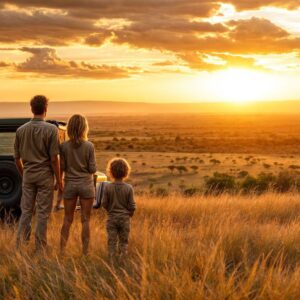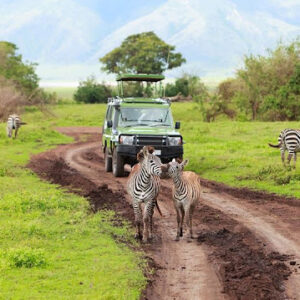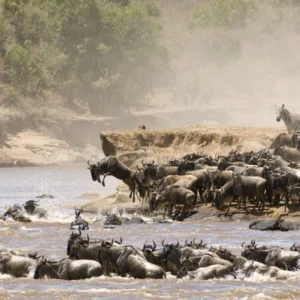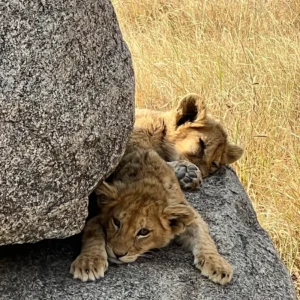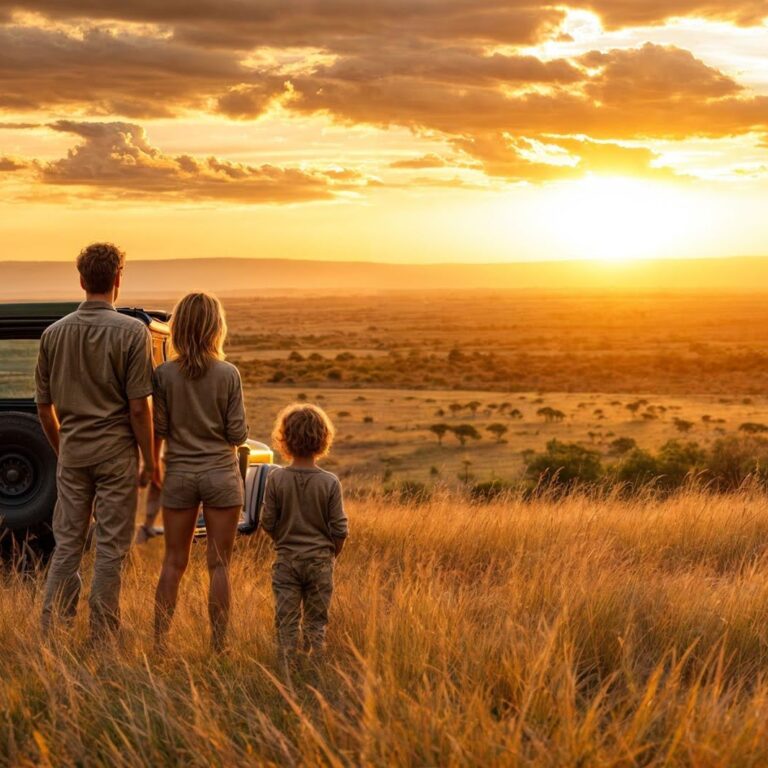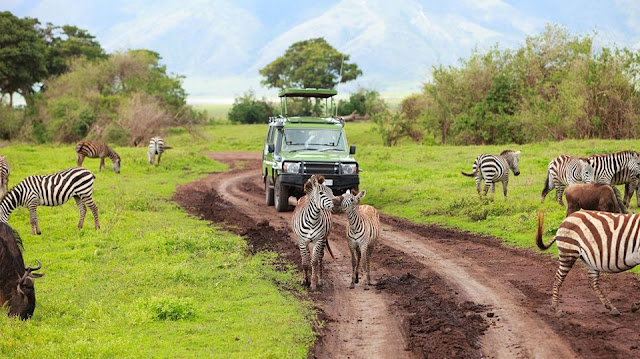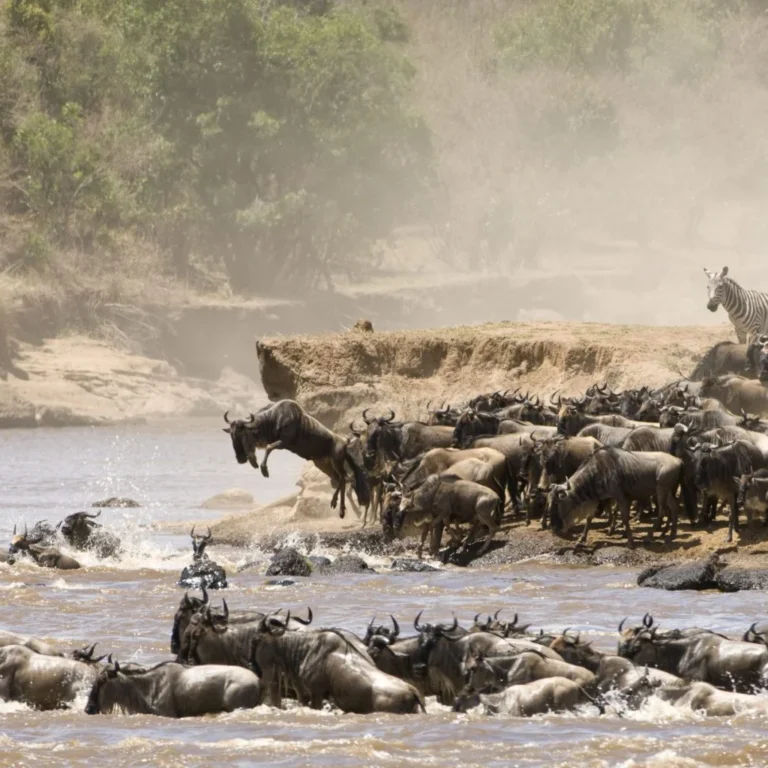Wildlife Photography Tips for Your Next Tanzania Safari.
Pro Tips for Tanzania Wildlife Photography for Beginners. Are you planning an unforgettable Tanzania safari adventure? If so, you’re in for a treat! Tanzania is a land of incredible beauty, breathtaking landscapes, and diverse wildlife. As an aspiring wildlife photographer, this destination offers you a wealth of opportunities to capture stunning images that will leave a lasting impression on your viewers. In this comprehensive guide, we will share with you some invaluable tips and tricks to help you elevate your wildlife photography game during your Tanzania safari.
Tips 1. Research and Plan Ahead
Before embarking on your Tanzania safari, it’s important to conduct thorough research and plan your trip meticulously Wildlife Photography Tips for Your Next Tanzania Safari. Familiarize yourself with the wildlife species you will likely encounter, their habits, and preferred habitats. This knowledge will enable you to anticipate their movements and behavior, increasing your chances of capturing unique moments.
Tips 2. Invest in Quality Gear
While talent and creativity are crucial in wildlife photography, having the right equipment can make a significant difference in the quality of your images Wildlife Photography Tips for Your Next Tanzania Safari. Invest in a reliable DSLR or mirrorless camera body that performs well in low-light conditions and offers fast autofocus. Pair it with high-quality telephoto lenses to capture the intricate details of wildlife from a safe distance Wildlife Photography Tips for Your Next Tanzania Safari. Equipment Essentials for Wildlife Photography. Having the right equipment is vital for wildlife photography. Here are some essential items to consider packing for your Tanzania safari:
Camera: Invest in a DSLR or mirrorless camera with a fast autofocus system and a high-resolution sensor for capturing detailed images help you how to photograph wildlife on Safari in Africa.
Lenses: A telephoto lens is a must for capturing wildlife from a distance Wildlife Photography Tips for Your Next Tanzania Safari. A 300mm or 400mm lens is recommended for photographing animals in their natural habitat.
Tripod: To ensure stability and avoid camera shake, bring a sturdy tripod for those moments when you need to shoot with slower shutter speeds one of top simple tips to improve your Safari Photographs.
Extra Batteries and Memory Cards: Wildlife photography can be intense and demanding Wildlife Photography Tips for Your Next Tanzania Safari. Pack extra batteries and memory cards to avoid missing out on crucial shots photography tips to take better pictures during your safari.
Lens Cleaning Kit: Dust and dirt can quickly accumulate on your lenses in the field Wildlife Photography Tips for Your Next Tanzania Safari. Carry a lens cleaning kit to maintain optimal image quality best for tips for taking photos on an African safari.
Tips 3. Master Your Camera Settings
To capture wildlife in their natural habitat, understanding and mastering your camera settings is essential. Shoot in RAW format to retain maximum image data for post-processing Wildlife Photography Tips for Your Next Tanzania Safari. Set your camera to a fast shutter speed to freeze the motion of animals in action. Experiment with different aperture settings to control the depth of field and create beautiful bokeh. Essential glimpse top five simple tips to improve your Safari Photographs. Explore one of the best Safari Photography Tips for Catching Animals in Action. Discover the safari specialists for African Safari Photography tips setting up for incredible shot snaps.
Tips 4. Use Appropriate Compositions
Composition plays a vital role in creating visually appealing wildlife photographs. Apply the rule of thirds to frame your subjects off-center and create a sense of balance. Utilize leading lines in the environment to guide the viewer’s eyes towards the main subject Wildlife Photography Tips for Your Next Tanzania Safari. Experiment with different angles and perspectives to add variety and intrigue to your shots.
Outstanding African Safari Photography Tips, Wildlife Photography Tips for a Photographic Safari , Any good digital camera will do to get shots of wildlife, but to get really good shots you should probably invest in a 35mm SLR camera. Your camera should shoot at least 5x a second so that you can capture the animals in motion. A good starting point for wildlife photography is a lens with a 300mm in focal length.
Tips 5. Patience and Timing
Wildlife photography requires patience and perfect timing. Spend ample time observing animal behavior and waiting for the right moment to capture a compelling shot. Be prepared to spend hours in the field, as the magic often happens when you least expect it. Remember, it’s always worth the wait when you capture that a beautiful shot.
Tips 6. Understand Natural Lighting
Lighting is the key to stunning wildlife photography. Familiarize yourself with the different lighting conditions you may encounter during your Tanzania safari. Take advantage of the golden hours—early morning and late afternoon—when the sunlight is soft, warm, and casts long shadows. Avoid harsh midday sunlight that can result in washed-out images.
Tips 7. Focus on Wildlife Behavior
To truly capture the essence of fauna, focus not only on their physical appearance but also their behavior. Observe their involve, hunting techniques, or nurturing behaviors Wildlife Photography Tips for Your Next Tanzania Safari. These unique moments tell organized stories and evoke emotions in your viewers. Patience and understanding of fauna behavior will enable you to anticipate and capture these extraordinary moments.
Tips 8. Embrace the Power of Post-processing
Post-processing is an centre part of modern fauna captures. Use editing software such as Adobe Lightroom or Capture One to enhance your images and bring out their true potential. Wildlife Photography Tips for an African Safari Adventure. Best Tips For Photographing An African Wildlife Safari. Adjust exposure, color balance, and contrast to achieve the desired mood and atmosphere while maintaining the authenticity of the scene.
Tips 9. Respect Wildlife and their Environment
As wildlife photographers, it’s our responsibility to respect and protect the subjects we capture. Follow ethical rules and maintain a safe distance from animals to avoid causing stress or disturbance. Be mindful of your near and avoid need the delicate ecosystems Wildlife Photography Tips for Your Next Tanzania Safari. Remember, our actions as photographers can have a significant impact on the life of fauna and their nature live.
Tips 10. Tell a Compelling Story
One of the most powerful aspects of fauna capture is the ability to tell a organized story through your images Wildlife Photography Tips for Your Next Tanzania Safari. Every photograph has the potential to evoke emotions, transport viewers to a different world, and raise education about the beauty and fragility of the natural world wildlife Photography Tips for Your Next Tanzania Safari.
FAQs about Wildlife Photography Tips for Your Next Tanzania Safari
Certainly! Here are some frequently asked questions about wildlife photography tips for your next Tanzania safari:
What are the best national parks in Tanzania for wildlife photography?
Tanzania is blessed with several remarkable national parks for wildlife photography. The Serengeti, Ngorongoro Crater, Tarangire, and Lake Manyara National Park are among the top choices, offering diverse wildlife and stunning landscapes.
How can I capture sharp images of fast-moving wildlife?
To capture sharp images of fast-moving wildlife, use a fast shutter speed to freeze the motion. A shutter speed of 1/500th of a second or higher is generally recommended. Additionally, tracking the subject with your camera’s autofocus system and using burst mode can help increase your chances of getting a sharp shot.
What camera settings should I use for wildlife photography in Tanzania?
It’s recommended to use aperture priority mode (A or Av mode) to have control over the depth of field. Set a wide aperture (small f-number) for a shallow depth of field and to blur the background, making your subject stand out. Additionally, use a higher ISO setting to compensate for low light conditions.
Are there any photography restrictions or guidelines in Tanzanian national parks?
Yes, there are guidelines and restrictions to ensure the safety of both wildlife and visitors. It’s important to respect the animals’ space, stay inside designated vehicles, and follow the instructions of park rangers. Avoid using flash photography as it can disturb the animals.
How can I capture unique and intimate wildlife moments in Tanzania?
To capture unique and intimate wildlife moments, focus on observing animal behavior and anticipate their actions. Patience is key in wildlife photography. Wait for interesting interactions, such as hunting scenes or tender moments between parent and offspring. Be ready to capture those special, fleeting moments.
What are some tips for post-processing wildlife photographs taken in Tanzania?
In post-processing, aim to enhance the natural beauty of the wildlife images Wildlife Photography Tips for Your Next Tanzania Safari. Adjust the exposure, contrast, and color balance to accurately represent the scene. Use selective editing techniques to emphasize the subject and remove distractions. Remember to maintain the integrity of the image and avoid excessive editing.
These FAQs provide valuable insights into wildlife photography tips for your Tanzania safari. By following these tips and guidelines, you can enhance your photography skills and capture stunning images of Tanzania’s magnificent wildlife.
In conclusion:
Wildlife photography is an art form that requires not only highly skills but also a keen eye for storytelling. By snap unique moments, relate with the environment, look on details, creating steps, and creating preservation, you can create a collection of images that not only stand out but also make a big impact. So, grab your camera, immerse yourself in the wonders of Tanzania’s fauna, and let your photographs tell the fascinating stories that deserve to be heard. TripAdvisor Reviews.

